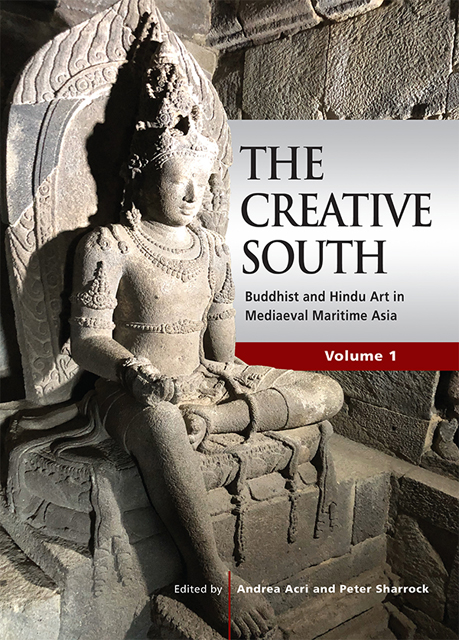5 - Goddess Prajñāpāramitā and Esoteric Buddhism in Jayavarman VII’s Angkor
Published online by Cambridge University Press: 01 September 2023
Summary
Introduction
This chapter explores the religious and political significance of the goddess Prajñāpāramitā during Jayavarman VII’s reign (c. 1181–1220) from trans-regional comparative perspectives. The unique iconography of Angkorian Prajñāpāramitā helps to illustrate her relationship with other Mahāyāna cultic deities such as Avalokiteśvara and Tārā in known textual sources. Here, it is important to underscore that Khmer examples are not ‘outcasts’ in the iconographic genealogy of the goddess Prajñāpāramitā, but innovative yet politically sensitive creations that can help us understand the historical process behind the formation of a religious iconography. While a recent study on Prajñāpāramitā by Multzer o’Naghten (2016) puts a due emphasis on the Mahāyāna characteristics of the goddess Prajñāpāramitā, her importance in the Esoteric Buddhist tenets demands reconsideration. Exploring Prajñāpāramitā through a trans-regional lens supports the importance of Esoteric Buddhism in Jayavarman VII’s state operation that scholars like Hiram W. Woodward (1981, 2004) and Peter Sharrock (2009, 2012, 2013) have brought to light. It also helps to locate Angkor in the trans-regional network of Esoteric Buddhism of the 12th–13th centuries across South and Southeast Asia, from Alchi in the Western Himalayas to Java.
Prajñāpāramitā is the title of the eponymous text of Mahāyāna Buddhism, and the Prajñāpāramitā related texts have been extensively examined in the Buddhological studies. With more studies on the early manuscript corpus from Gandhāra underway, a refined picture of the early historical development of the Prajñāpāramitā as a Mahāyāna text has emerged (Falk and Karashima 2013; Harrison and Hartmann 2014; Harrison 2018). It remains unclear when the Goddess Prajñāpāramitā, the female personification of the famed text, and her worship appeared in the historical horizon. It seems to have been some centuries after the suggested date of the text’s formulation at the beginning of the Common Era. The earliest surviving identifiable image of Prajñāpāramitā may be a standing bronze statue of a two-armed goddess holding a manuscript in her left hand (von Hinüber 2007) (Fig. 5.10). Prajñāpāramitā and her worship was an important aspect of Pāla Buddhism in India between the 9th and 12th centuries (Kinnard 1999; Kim 2013). As an embodiment of a foundational Mahāyāna Buddhist text and the wisdom expounded therein, the goddess Prajñāpāramitā is frequently treated as a quintessential Mahāyāna goddess (Conze 1948, 1949–50, 1951; Shaw 2006).
- Type
- Chapter
- Information
- The Creative SouthBuddhist and Hindu Art in Mediaeval Maritime Asia, pp. 167 - 191Publisher: ISEAS–Yusof Ishak InstituteFirst published in: 2023



